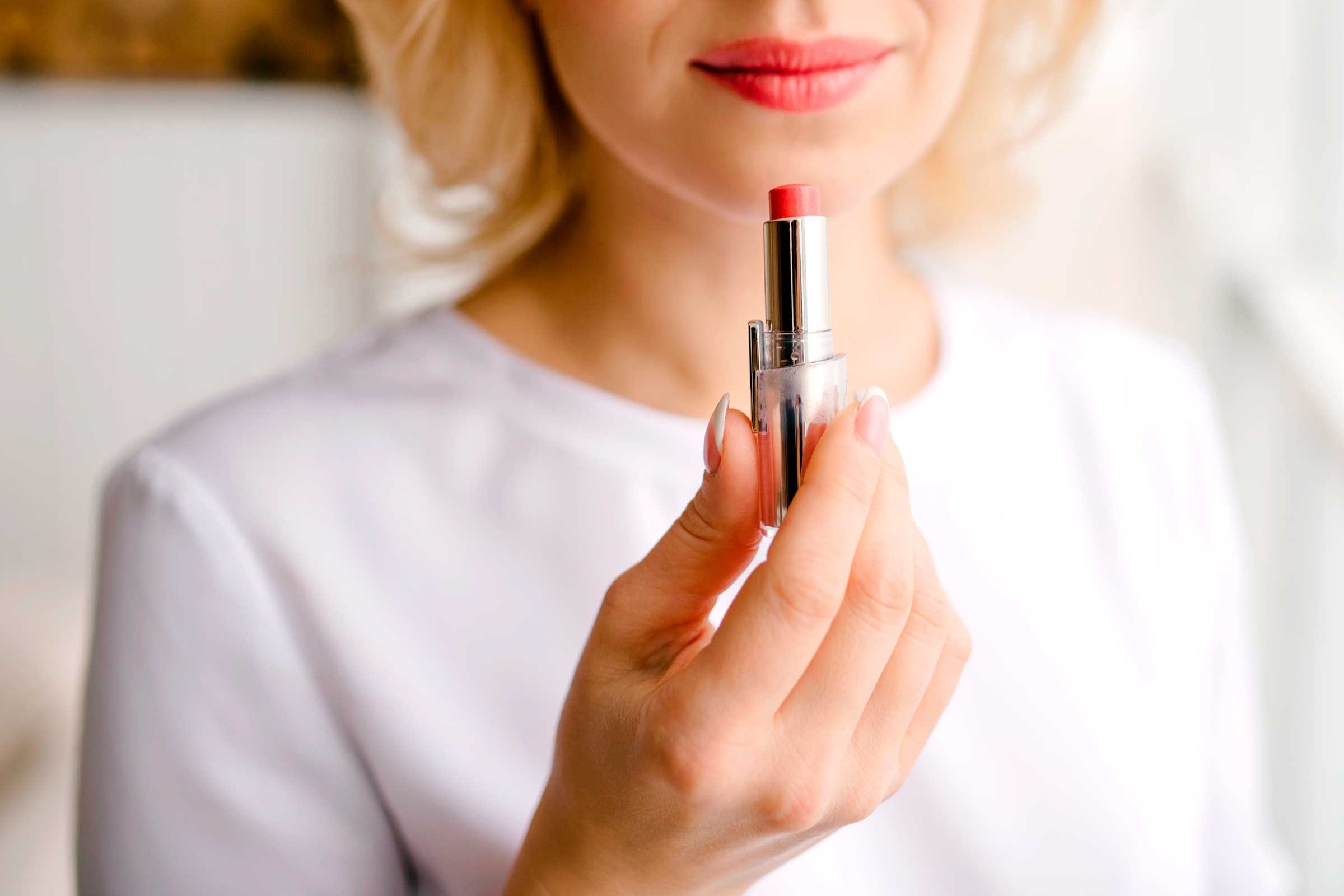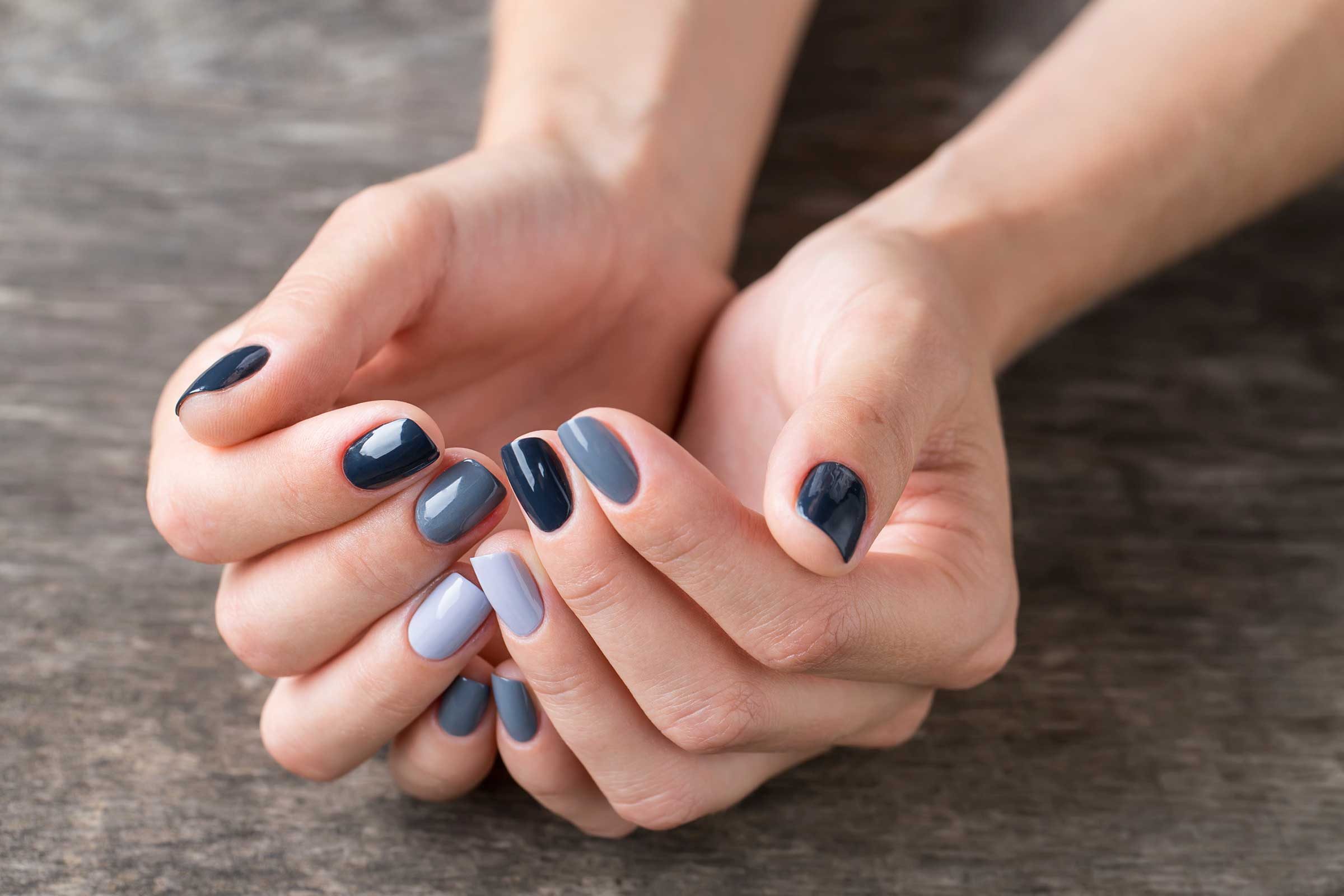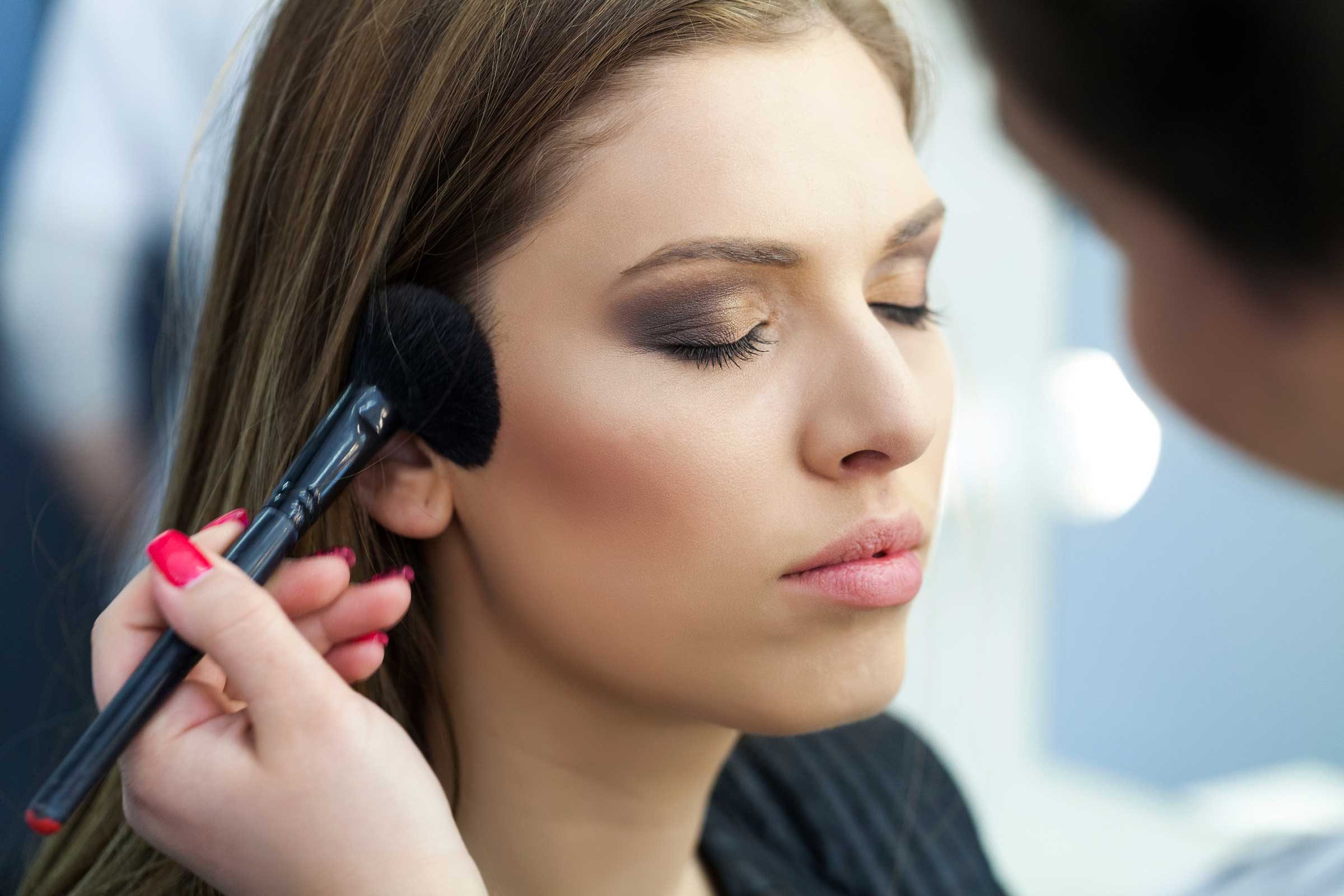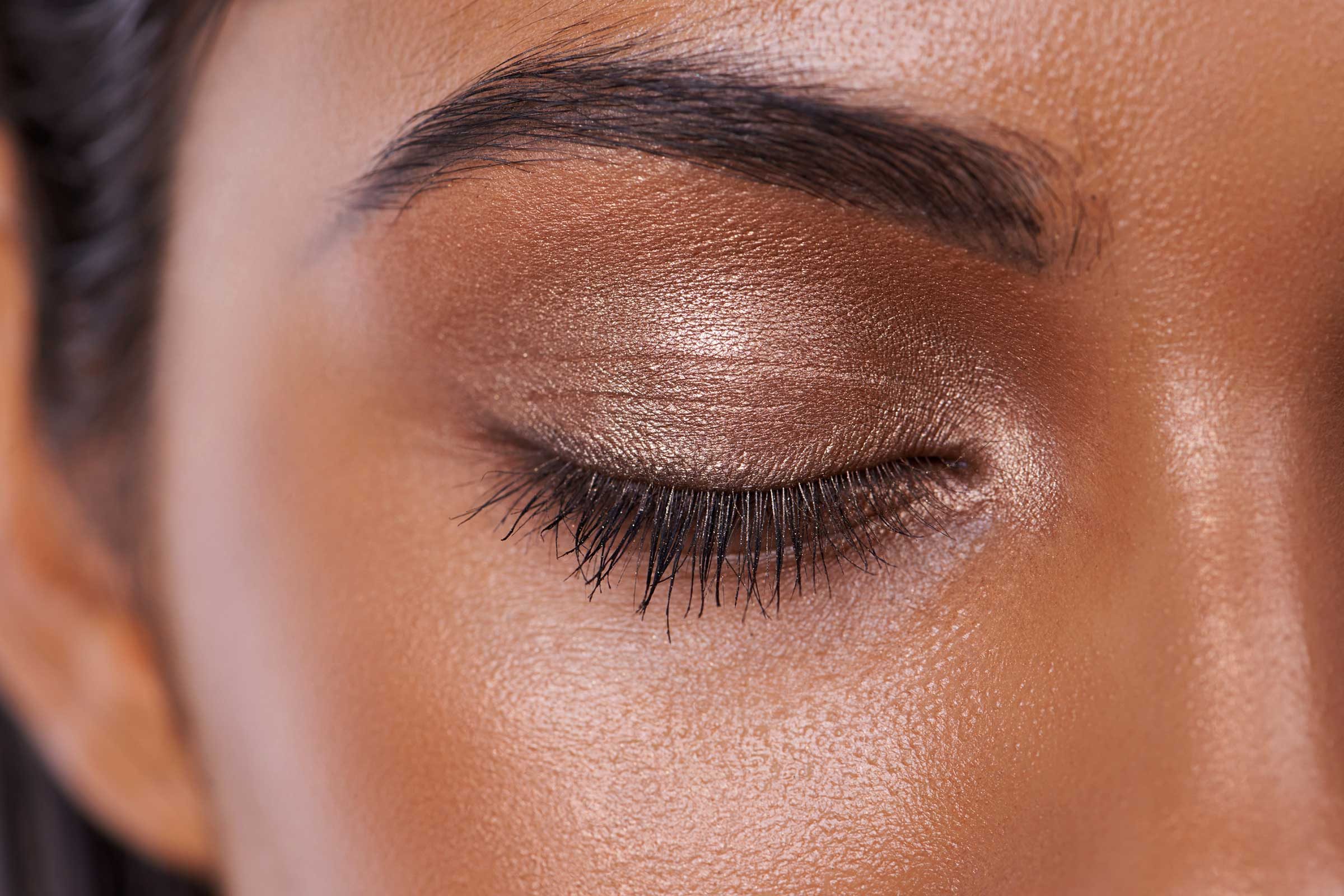Who don’t feel dry lips in winter? Probably all.
The lip skin is very thin, more sensitive, has no oil/sweating glands
and no hairy coverage that can protect the lips from the cruel weather.
So, the lips get harmed with a slightly harsh touch. And winter is
the biggest worse condition to meet up the lips with dry, chapped,
flaky, cracked, painful, itchy or sore state. Of course, there are other
reasons to cause dry lips, including dehydration, licking lips, excessive use of chemical products, etc.
Therefore, it is a dream of everyone belonging to smooth, soft and
moisturized lips in cold days of winter. Your expectation will be true
if you become careful of your lips before starting winter.
For getting baby soft lips, you need to take preventive measures first. Prevention is better than treating dry lips.
If you don’t take care of your lips in time, more serious conditions may be fallen into your lips, like bleeding.
Lips not only symbolize your beauty but also it talks about your healthy appearance. The nice looking lips boost up your confidence, while the dry, cracked lips lose your attractiveness and self dignity.
That’s why; to take care of your dry lips in winter is an urgent routine.
Now let’s see.
Some Simple Tips to Take Care of Your Dry Lips in Winter
The key factors of treating chapping lips
are covering the entire body with a warm dress, manage your surrounding
environments (both outside and inside) and using preventive lip
moisturizers. Then, you can blow your nourishing smile throughout the
winter.
Okay, now let me tell the tips to take care of your dry lips in winter.
-
Go Outside Less
If not more urgent, stay at home. It prevents the exposure to
the dry air and bitterly cold wind. Take exercise while staying inside.
Don’t forget to use a natural lip balm always. Switch on the humidifier.
It will keep the indoor air moist.
-
Scrub Your Lips Once a Week
Exfoliating is a good idea to remove the dry, dead or chapped
skin cells. After exfoliating, the lips look fresher and evener. You
must moisturize your lips after scrubbing. Use the mixer of honey and
brown sugar as a natural exfoliator.
You can also use any good readymade scrub, toothbrush or washcloth to
exfoliate the lips. And don’t scrub more than twice a week.
“Don’t exfoliate. It can cause further damage to chapped lips.
Instead, apply plenty of balm or ointment and turn on the humidifier.”
-
Use Moisturizing Lipstick for Dry Lips
Use moisturizing lip balm
containing immobile colorful tint. If you cannot walk without lipstick,
apply the moisturizing based lip color. Or moisturize your lips first
with an ointment, then wear your favorite lipstick. At anyhow, you
cannot sleep with lipstick. After removing the lip makeup, use a
moisturizer to soften the lips through the night. Use makeup remover
rich in natural moisturizer to get rid of your lipstick.
-
Take Right Diet and Sufficient Water
Dehydration is a common reason to dry out the skin,
whether it is winter or summer. Take lots of water daily (at least 8
glasses) and fluid rich diets to hydrate and protect the skin from
inside.
Take some vitamins. Skim milk, Swiss cheese, red meat, silken tofu, fortified cereals, eggs, etc. contain
vitamin B. It helps to retain the moisturizer to the skin.
Vitamin A
helps to maintain and repair the skin tissue. Take milk products,
apricots, carrots, etc. rich in Vitamin A. Aging also causes dry lips.
Vitamin A helps a lot to repair dry lips of aging people. Take the diets
having
vitamin C. It increases the collagen production
to make the lips suppler and fuller. Vitamin C also repairs the tissue
by protecting the skin from the sunburn. Eat various vegetables and
citrus fruits rich in vitamin C.
Vitamin E evens out the aging signs, like fine lines or wrinkles. Nuts, eggs, leafy vegetables, etc. have Vitamin E.
Avoid some foods, like spicy, hot or salty items.
Because these foods compel the tongue frequently to touch the lips that
are very harmful to dry out and irritate the lips.
-
Smoking Causes Dry Lips Also
Smoking is not only dangerous for health but also harmful to lip
and mouth skin. It attaches a black stain on the lips and also teeth.
So, the lips look dark or black. If you are a chain smoker, it might cause dark/black spots on your lips that look really unimpressive. The prolonged smoking may lead your lip skin to cancer though it is a rare case.
In winter, you should keep stayed away from smoking. It will be wiser
if you quit smoking forever. Then, you will get back your natural lips.
Or use a lip balm every time after smoking. And rub a slice of lemon
over your lips. It removes the dark cigarette hue instantly.
-
Control Your Room Temperature
While you are protecting your lips from the outdoor dry air or
elements, be careful about your indoor air situation. The heating system
of room at winter makes the air drier that the indoor. That’s why; the
room temperature is more harmful to the lip skin. Keep a humidifier
temperature 30-40%. It keeps the inside air ideally moist. Don’t use the
humidifier more that 50% because excessive humidity can cause bacteria
and other microorganisms. You should also use a humidifier at your
office. Then you can be protected both at home and office.
-
Protect Your Lips during Sleeping
The night-time is the best duration to let your lips stayed
moisturizing all day long in cold months. Apply a lip balm
thickly on your lips. The lips suck the balm throughout the night that
basically keeps alive the pout for hours at daytime. Or you can leave
some pure honey on the lips. Honey is a natural humectant and
antioxidant to moisturize, protect and make the lips healthy.
-
Don’t Lick/Peel/Bite the Lips
It is not only your bad habit, I think everybody lick or bite
their dry lips. Biting or peeling the skin makes the lips nastier. Even,
the lips get bleeding for biting or peeling. So, never do it. Licking
also dries out the lips more. The saliva of the tongue takes out the
moisturizer from the lips. That’s why; lips go behind chapped fast. Keep
a pocket lip balm always with you. Whenever you feel a little dryness,
just apply it.
Don’t breathe from your mouth. It creates an airflow
around your lips and mouth that makes your lips more cracking. Try to
breathe through your nose. Or taking the breath from your mouth is a
problem or disease, talk to your doctor. Or apply a 100% natural
moisturizer on the lips during the night.
-
Lip Balm, Best Cure for Dry Lips in Winter
In
buying a lip balm, you should consider the long lasting effect, extra
moisturizing power, natural ingredients, and SPF sunblock. Otherwise,
don’t buy it. The following natural ingredients are mostly considerable:
- Jojoba Oil
- Vitamin E
- Glycerin
- Vitamin A and D
- Coconut oil
- Beeswax
- Shea Butter
- Almond Oil
- Aloe Vera
Make a natural lip balm your best friend in dry air. Coat your
lips with the balm always. After getting up and washing your face at
morning, apply your favorite lip balm. After every eating or drinking,
use that. Keep a balm in your purse, on your reading or computer table,
so that whenever your lips have a slight tightness, you can find your
balm easily.
-
Cover Your Lips from the Elements
When you are going outside, cover your lips with a scarf or a
ski mask so that the harsh air might not reach your mouth or lips. Also,
bring an SPF-rich lip balm with you. Some winter coat hoods have
Velcro or button snaps that secure the bottom lines of your face.
Wearing this coat, ensure the warmer of your face, protect the face and
lips from the harsh wind and hold moisturizer inside.
-
Treat Dry Lips Naturally in Winter
To have sweet-smiling, luscious-looking, self-esteem, soft and
smooth lips; the golden secret is to use home remedies. Natural
ingredients not only make the lips soft but also they protect and repair
the lips from inside. Besides, home remedies are less costly and
available in your kitchen. You can use the below home remedies to get dry-free lips throughout the bitter season.
- Lemon Juice
- Honey
- Green Tea Bags
- Sugar Scrub
- Rose Water and Glycerin
- Jojoba Oil
- Ghee
- Cucumber
- Rose Water and Honey
- Glycerin and Honey
-
Check out Allergens to Your Lips
Check out the products whether they create allergic reactions to
your lips. Lipstick having propyl gallate or phenyl salicylate (salol)
develops allergens. The toothpaste containing guaiazulene may cause
allergy. Some foods, such as- figs or food dyes can contain allergens.
The intake of excessive of vitamin B12 also dries out the lips when you
come to the touch of cobalt. Or any kind of products, cosmetics,
lipsticks or foods; if create an allergic reaction to your lips, you
should switch them.
-
Petroleum Jelly
If your lips are more chapped and couldn’t be solved the painful state, you should use Pure Petroleum Jelly. It heals the lips fast and protects also.
-
Control Your Caffeine Intake
Winter is a nice time to drink a few cups of extra coffee or
your favorite hot tea or other hot beverages. These hot items may soothe
you from the coldness for a while, but it finally dehydrates your lip
skin. Instead of taking hot caffeine, drink an herbal tea or a decaf
version. It is helpful for health and also hydrates the skin.
-
Avoid Some Ingredients
If your lips are dry, you should avoid the products containing the following ingredients:
- Camphor
- Flavoring Agent
- Dyes
- Eucalyptus
- Cinnamate
- Menthol
- Oxybenzone
The above substances might have your lip balm, toothpaste,
lipstick, mouthwash or other products. To be sure, just get a stop of
using them for two weeks, if you feel better lips; then stop using them
in winter or switch to another new product.
-
Emergent Tips for Severe Painful Chapped lips
Severe cracking and bleeding are not uncommon to the lips in
winter. It is also very painful to smile or talk and looks very nasty.
To heal the cracked lips fast, rub your lips with a warm rag several
times a day. It cleanses the spots. Then hold a cold compress on your
lips to stop bleeding. Lastly, apply coconut oil. Repeat this treatment
several times a day. It will heal your bleeding or cracked lips quickly.
Don’t blot the bleeding lips, because it cannot heal them fast.
That’s all the tips to take care of your dry lips in winter. Follow
these tips and your dry lips will be okay. If nothing can cure your
lips, talk to your dermatologist in a short time, because untreated
chapping lips may be threatened by a bigger skin problem.















